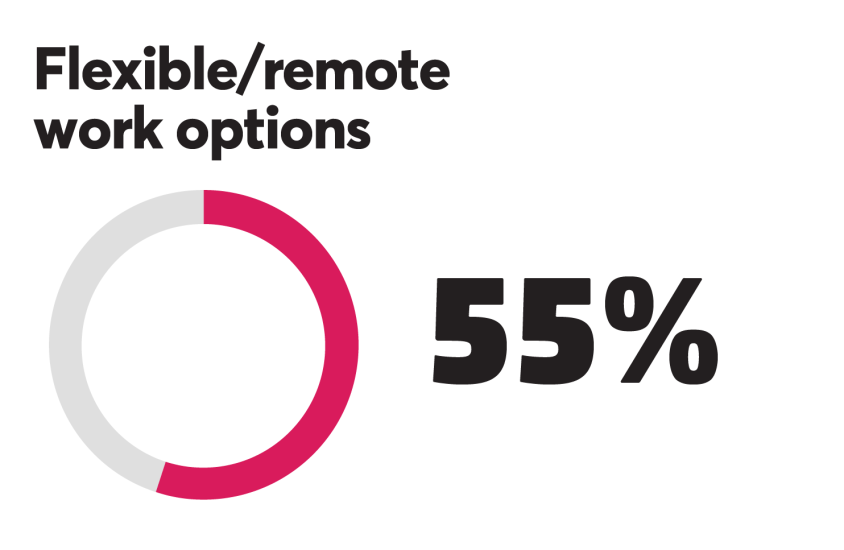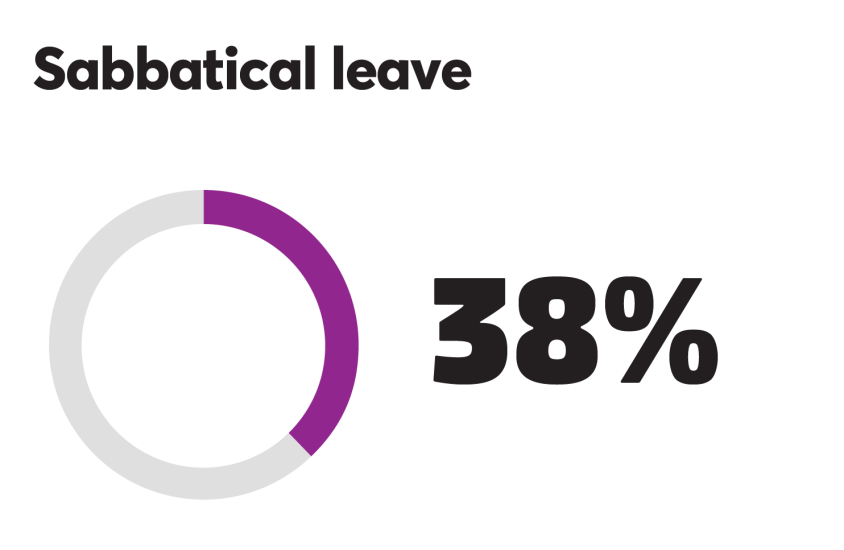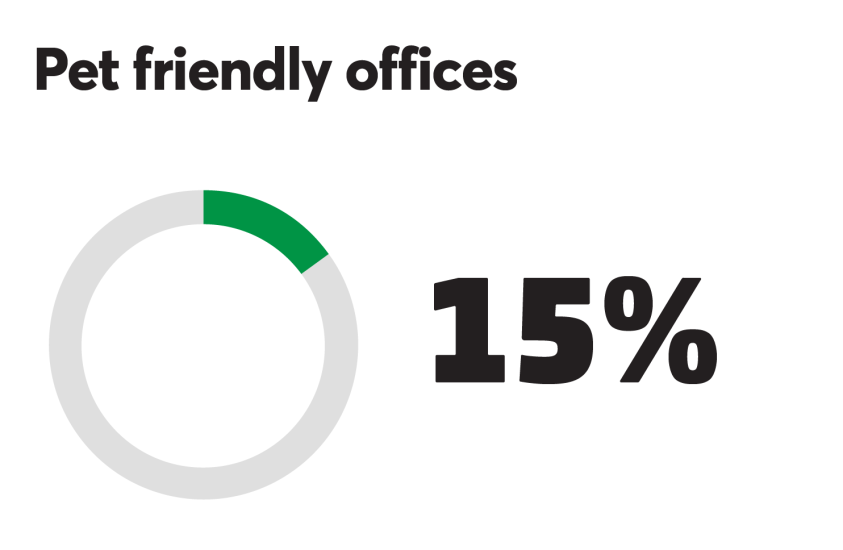The 15 most popular employee perks
December 24, 2019 12:50 PM
















After a surprise diagnosis, access to an end-to-end surgery benefit gave one employee a "new lease on life."
Border Czar Tom Homan plans to increase deportation efforts at workplaces within sanctuary cities.
The District of Columbia, Tennessee and Georgia sit atop the rankings of regions that recorded high concentrations of discrimination against pregnant employees.
Supporting women during mid-life stages is "very solvable" with the right offerings.
Alternative funding options proving to be nimble for small to midsize businesses with more localized needs and growing interest in direct contracts.

To keep workforces engaged, employers should be tailoring their strategies as much as they can.